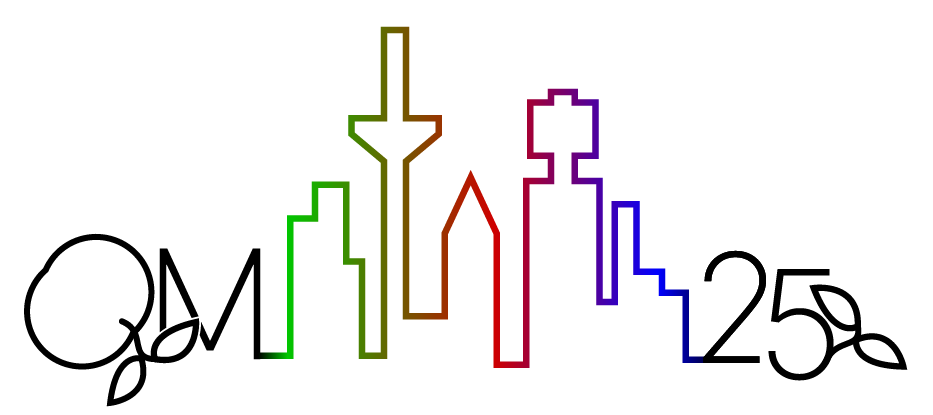Speaker
Description
Virtual photons emitted from heavy-ion collisions preserve essential information about the fireball, where high baryon densities induce significant medium effects on the spectral function of vector mesons.
While short-lived $\rho$ mesons predominantly decay within the fireball, radiating thermal dileptons, a substantial fraction of $\omega$ mesons decay outside the fireball due to their longer lifetime. These decays contribute to the freeze-out cocktail with the vacuum line shape of the vector mesons. High-statistics data from Ag+Ag collisions at $\sqrt{s_{NN}} = 2.55$ GeV, measured by the HADES collaboration, may allow for the isolation of these two different contributions and enable studies of in-medium modifications of the $\omega$ meson spectral function in the experimental data.
This poster presents a framework that describes the vector meson freeze-out contributions using the shining method, while the thermal dilepton spectrum is determined via the coarse-graining model. By combining these two approaches, we aim to achieve a precise theoretical description of the invariant mass spectrum of thermal dileptons in heavy-ion collisions within the few GeV energy range. Our results will be compared with the available data from HADES.
| Category | Theory |
|---|
